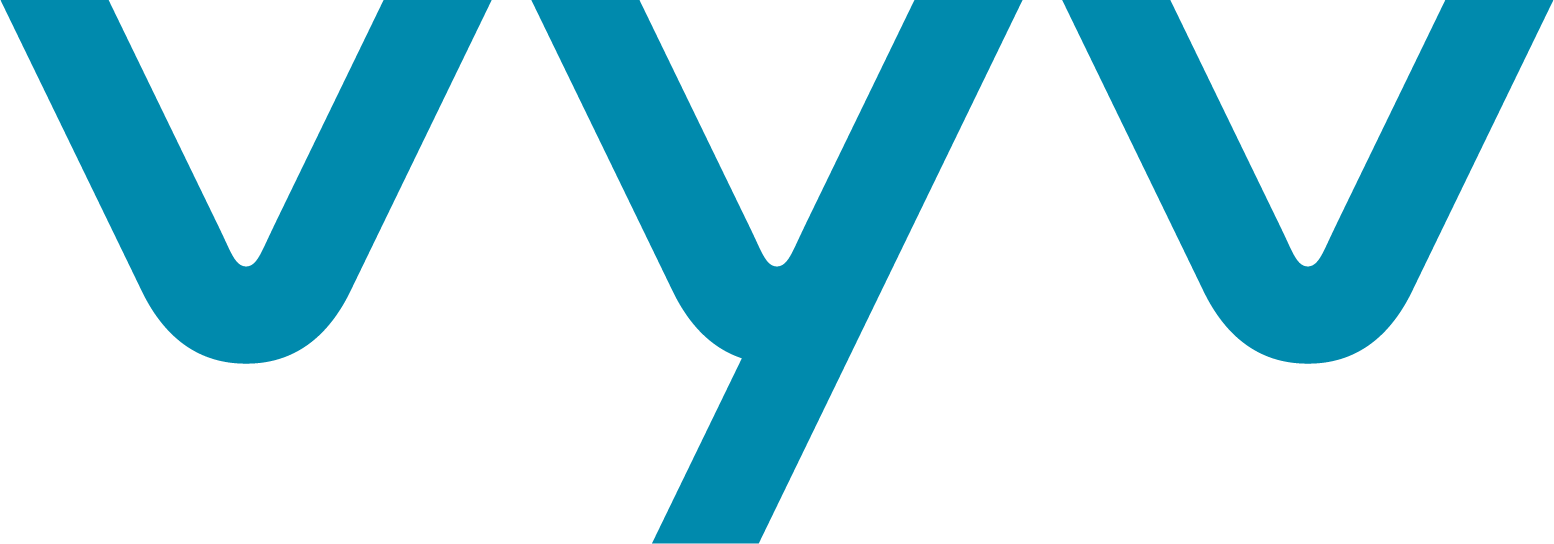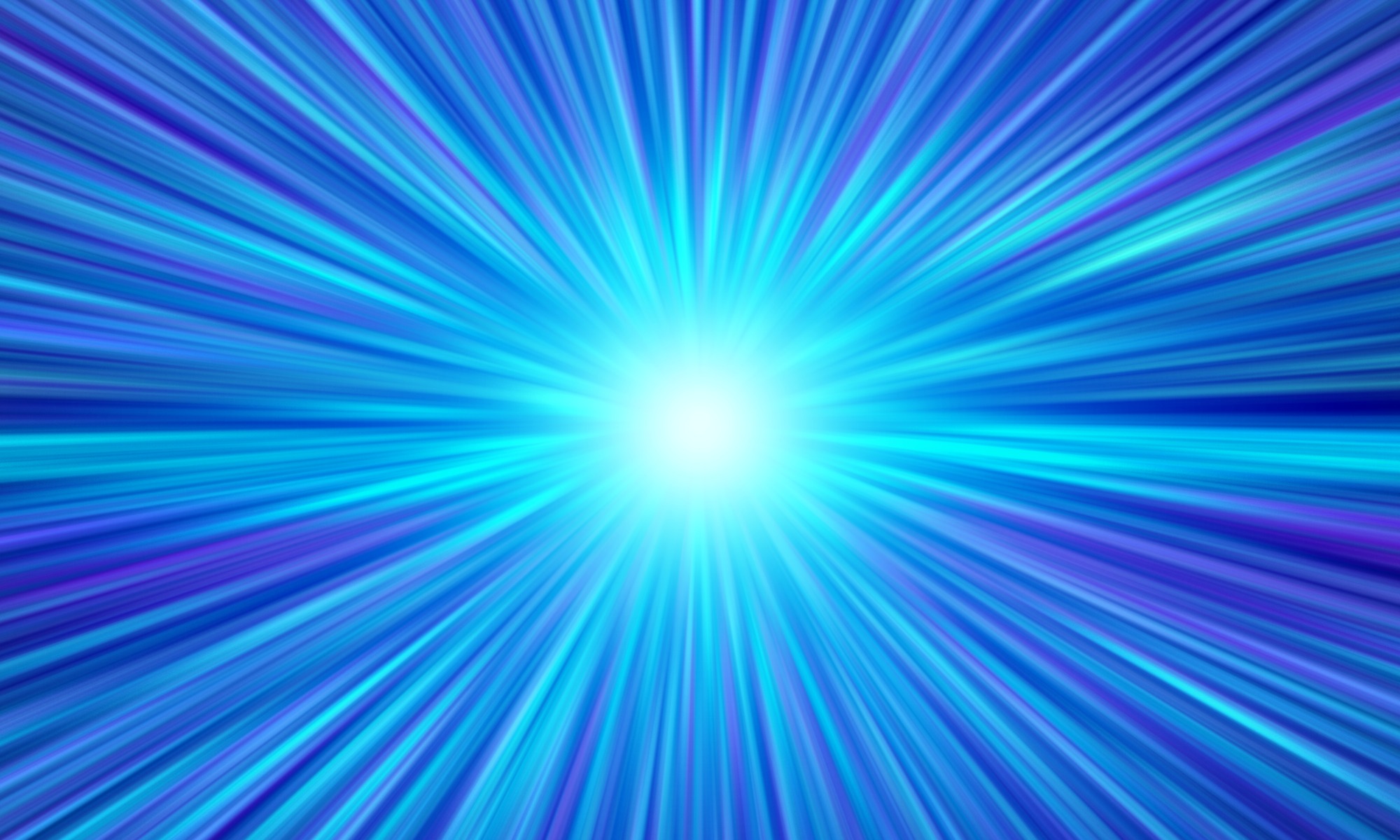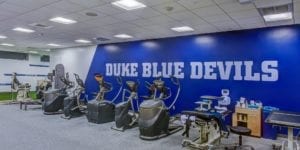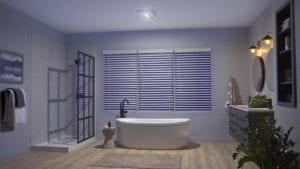Ultraviolet light, or UV, is frequently discussed when it comes to how we protect facilities and public spaces, even more so since the COVID-19 pandemic began. UV is a powerful killer of microbes on surfaces, in air, and in water and is used effectively in places like healthcare, manufacturing, and food processing facilities. UV can also present safety concerns as overexposure to UV can damage human DNA. For those reasons, there’s a great deal of discussion around best uses of UV light, newer alternatives to UV light like Antimicrobial LEDs, and recommendations on the best way to institute multi-layer defenses to add microbial protection in the environments where we live, work and gather.
The good news is that there are many effective technologies that have shown great results in lowering the microbial burden in our environments, UV and Antimicrobial LEDs included. Increasingly, multiple technologies can work together in a multi-layered defense strategy. For example, Delta instituted more than 100 changes to cleanliness protocols on their planes and in airports, which they refer to as ‘layers of protection’. These upgrades included the installation of Vyv Antimicrobial light described in an article on Delta’s news hub, Delta Installs High-Tech Antimicrobial Lighting To Better Protect Airplane Lavatories. This multi-layered approach is fast becoming best practice for protecting environments and achieving a higher level of clean.
What Are Pros and Cons Of UV Light?
There have been numerous headlines about UV lights effectiveness. You might read about how widespread and potentially life-saving this technology’s applications are in an article like the one from tech industry organization IEEE, UV Light Might Keep The World Safe From the Coronavirus and What Comes Next. There are many compelling studies like the one recently published in The Lancet that showed UV light cut transmission of ‘superbugs’ in hospitals by 30%.
But for every article that summarizes UV lights strength and effectiveness, you’ll read about its safety issues and limitations as in this piece, After Malfunction Cobb To Remove UV Lights From Schools that described how UV light accidently turned on when they weren’t supposed to. Or in this NBC News article, Doctors Warn About Eye Damage From UV Lights Used To Kill Coronavirus. This mix of pros and cons, and especially its limitations when it comes to use around people, is why there has been more interest and focus on new innovations that offer alternatives or adjuncts to UV that are approved for continuous use around people, like Antimicrobial LED technology.
Here’s a quick description of each and how they’re different.
What Is UV Light?
UV light is invisible electromagnetic radiation. UV light can come from natural sources like the sun or from technologies or devices like lasers, tanning beds and disinfecting machines. The types of UV light most often referred to in the context of infection control or environmental protection in facilities and public spaces are UVC and Far-UVC. UVC is the strongest. This type of UV light has germicidal properties making it useful in antimicrobial or germicidal light technologies. Because of its strength and potential for damaging human DNA, it’s not for use around people when there might be direct exposure, and it must be used following strict protocols.
Far-UVC is a subcategory of UVC. The most common application of Far-UVC is its use as a disinfecting light. This is a more recent technology that has potential to be safer than UVC and has been frequently discussed relative to its potential use against coronaviruses. But it’s a technology that is still being studied to determine its safety around people.
With all UV lights, while they are highly effective at impacting microbes quickly and extensively, but they can only be intermittently used because of the restriction of use around people. UV light’s initial impact is substantial, but over time, these cleaned spaces become occupied and the cycle of microbial growth begins again and continues until the next time it is treated with these lights. That means with the introduction of new microorganisms, bacteria or organisms start replicating again, the surface burden increasing until the next cleaning. This presents a limitation that requires additional strategies to be employed.
What Is Antimicrobial LED?
Antimicrobial LED technology is a newer class of clean light technology that harnesses its microbial killing power from the visible light spectrum (not from the ultraviolet spectrum). Vyv’s LED technology is specifically engineered to produce an abundance of light in a range that has been shown to both prevent the growth of and kill* bacteria, fungi, yeast, mold, and mildew.
Antimicrobial LED technology is used in lighting fixtures to kill* certain microbes in a broad array of settings from surgical suites and subways to food processing plants and fitness centers. Because it’s delivered in a small LED diode – it’s a very flexible technology that can easily be embedded in smaller places or inside other devices — such as humidifiers, exhaust fans and elevator buttons.
Antimicrobial LEDs are not intended for the quick kill. They are designed to work over time to comprehensively create environments that are inhospitable to the growth and survival of microbes. Common examples are in helping baked goods manufacturing remain mold-free; creating environments like elevators and public restrooms with continually lower microbial activity; preventing bacterial growth inside devices like a humidifier.
What Is the Difference Between UV Light and Antimicrobial LED?
UV light is generally not safe for humans, though in certain applications can be used safely when following strict safety protocols. According to Marie George, MD in a UV light paper published on the International Ultraviolet Light Association’s website, “there are safety concerns with ultraviolet light. UV light, including UVA and UVB rays, which causes sun burns and aging, is considered a carcinogen. UV light can also be harmful to the cornea…That’s why it can’t be used continually in most cases.” Dr. George goes on to describe the state of research on Far UVC, stating that the technology has exciting applications, though notes that important research is still underway to determine safety and specific use around humans. She explained that the research is needed to verify that people can be exposed to this wavelength over periods of time without harmful side effects.
Antimicrobial LEDs action of killing microorganisms is different than that of UV light. UV penetrates and damages DNA leaving cells unable to perform vital functions, leading to cell death. UV light can affect DNA in humans. Antimicrobial LED does not have any impact on DNA. Antimicrobial LEDs do their work by killing microbial cells through photoactivating particular types of porphyrin molecules that are present exclusively in these microbial cells. When activated, they produce excessive Reactive Oxygen Species (ROS). Once an excess of ROS builds up inside the cells, they become toxic, causing the destruction of cellular structures and ultimately lead to cell death. Antimicrobial LED meets the international standard (set by the International Electrotechnical Commission or IEC) for continuous and unrestricted use around people.
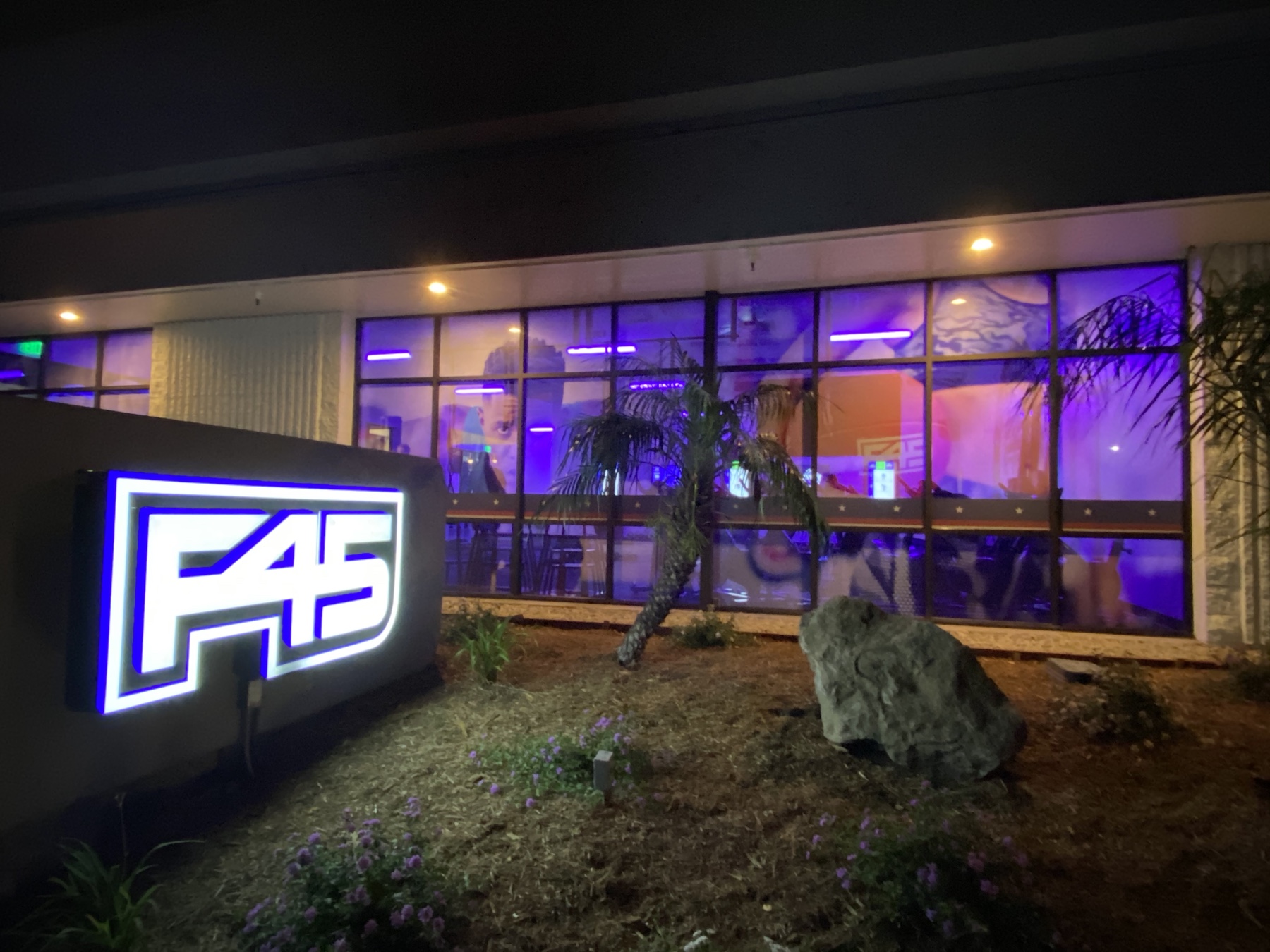
Best Uses of Each
The benefit of UV light, particularly at high doses, is that it can kill any microorganism and can kill it fast. The best uses of UV light in disinfection are in cases where UV can be used in unoccupied areas or within spaces with no risk of human exposure, places like air ducts or in water purification systems. Another excellent use of UV is in hospitals where its critically important that germs be reduced as much as possible. Some germs live on surfaces after a patient has left a room even after it has been cleaned, presenting a danger for the next person who occupies the room. In cases like this, hospitals will put a UV-emitting machine in the room in between patients, without any personnel present, that will reduce the germ count significantly after a short time period.
Antimicrobial LED’s key benefit is that it can be used continuously around people and on any surface to kill* bacteria, mold, mildew, fungi and yeast. There is no limit on the amount of exposure. This means the technology can be used around the clock for continuous protection. Its antimicrobial action not only kills these microorganisms over time, but it prevents their growth and regrowth.
Another benefit of this antimicrobial technology is that it also produces visible wavelengths of light that can act as a high-quality white light source. This provides the dual benefit of microbial protection and lighting. This makes the technology ideal for use in traditional overhead lighting to illuminate large places as well as in very small spaces, such as inside an elevator button, while delivering continuous antimicrobial protection in our homes, our workplaces and in virtually every industry.
F45 Training is a great example of the use of layers of protection that include antimicrobial LED, chemical cleaning and UV light devices.
Real World Solutions: Fitness Studio F45 Training Employs Multiple Layers of Protection
As the first wave of Covid shutdowns hit, Curtis Dowell hadn’t quite completed construction of his new California-based fitness studio, F45. As a result, he researched cleaning protocols to make sure that they set themselves apart when it came to protection. They developed a 12-step cleaning program that was implemented before their opening.
As someone steps into the gym, they first step on a sanitizing mat to clean the bottom of their shoes, reducing the number of bacteria that get in the door. Then they deposit their phone and keys in a UV sanitizing box that cleans them during the workout. They also use electrostatic spray cleaning method of applying a cleaner, coating disinfectant that involves applying an electric charge to a liquid in order to get it to fully cover a surface. The result is a more efficient disinfecting process.
For continuous protection, they installed Vyv’s antimicrobial LED lights. This proactive, multi-modal approach to antimicrobial protection and environmental wellness has not only led to increased peace of mind, but it has also brought in new customers.
“When we had our grand opening, we were essentially the first Covid-built gym” Dowell said. “With all these systems together, we feel like we have the safest fitness studio in California. We had a client tell us just yesterday how safe they feel working out under the lights. It’s been a game changer for us”.
